Fayez Barakat and the Art of Remembering: From Ancient Objects to Inner Visions
Maria Fonseca
Thu Jul 17 2025

Fayez Barakat can be seen as a guardian of the ancient world through his renowned galleries. A lifelong painter, he has, in recent decades, become increasingly recognised as a visionary artist whose work transcends the material. Barakat weaves art, memory, and transformation into a living philosophy.
Fayez Barakat is a name that reverberates quietly but powerfully through the corridors of the global art world. His story, rich in history, color, and human transformation, reads like a novel that bridges epochs. Once known almost exclusively as a gallerist of antiquities—a kind of guardian of the world’s sacred past—he has in recent decades taken a dramatic turn. Fayez Barakat the painter has emerged publicly , almost like a secret slowly unfolding, with a vision steeped not in artefacts of stone and gold but in the intangible treasures of feeling, vibration, and healing.
Born in 1949 in the Hebron Hills of Palestine, Barakat was raised in a family that, for five generations, had collected ancient objects found in the earth by villagers. To walk with him through the halls of his galleries is to experience an almost mythological intimacy with time. The boy who once assisted British archaeologist Kathleen Kenyon in her Jerusalem digs grew into a man who would sell antiquities to the Getty Museum and advise royal collections. Yet despite his immersion in antiquities, or perhaps because of it, a different kind of artistry was taking root deep inside him.
For Barakat, painting was never a hobby; it was a parallel universe. Since childhood, he has painted in the still hours of the night, from 2am to 5am, as if answering a spiritual call. For decades, his paintings were personal, seen by few. That changed gradually. Particularly poignant is the art work "Beyond Bliss," a series of abstract paintings dedicated to healing. These are not mere visual compositions; they can also be seen as artistic meditations, intended to realign emotional frequency and open inner gateways. They are, in his words, "transmissions of vibration" meant to move viewers from grief, confusion or dis-ease to a state of transcendence.
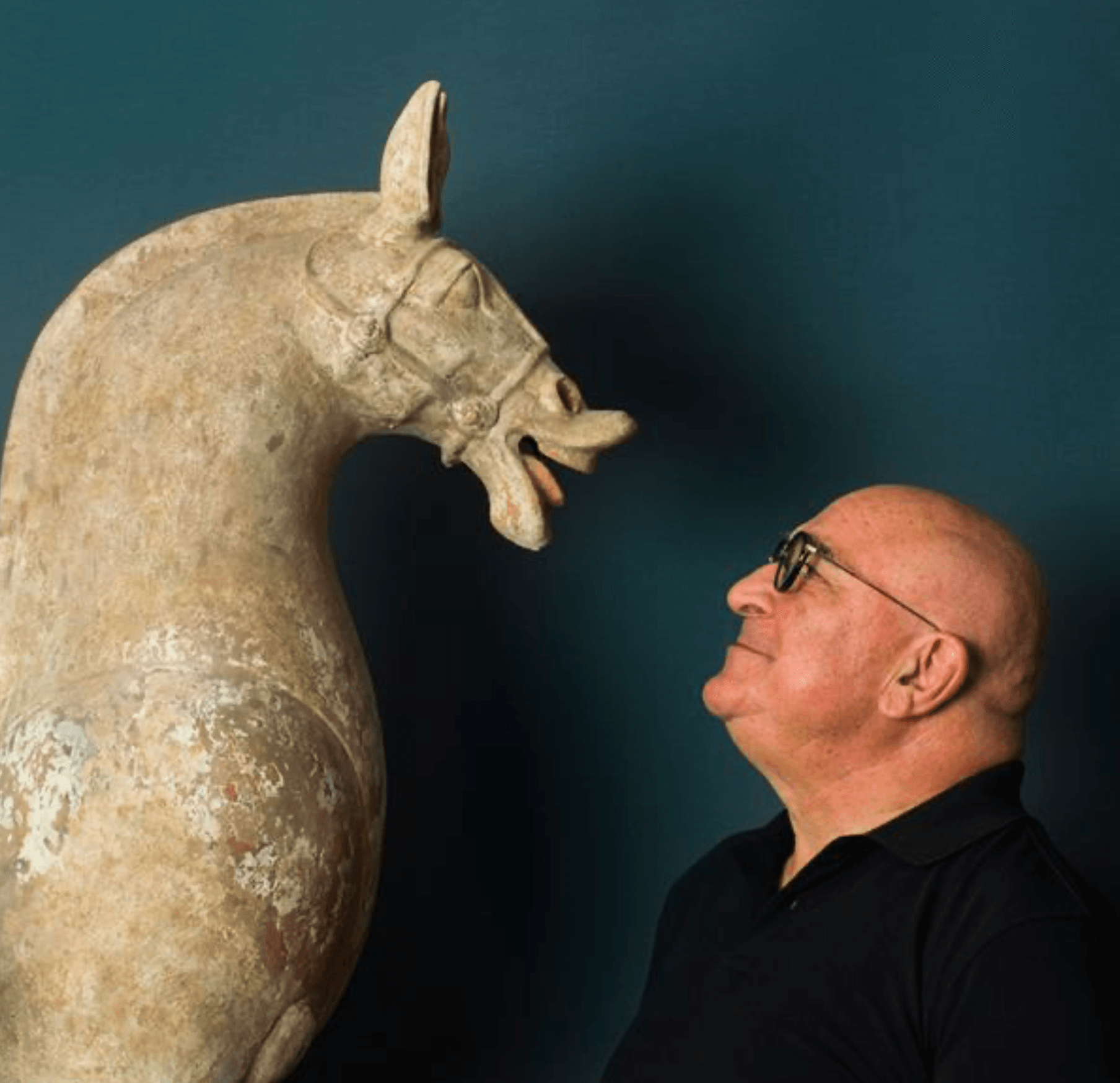
“Beyond Bliss” is not just a title, it is a promise—or perhaps a question: what lies beyond the kind of bliss we think we know? The series became the foundation for a collection of videos supported by the United Nations, designed to help people around the world experience emotional shifts through exposure to colour and motion. This was art not as statement but as medicine, distilled in swirling palettes of coral pinks, deep indigos, sunburst yellows. The paintings sing, sometimes whisper, sometimes erupt. They do not ask to be understood. They ask to be felt.
In interviews, Barakat speaks of painting not as expression, but as surrender. The act of painting is ecstatic, painful, sometimes exhausting. There is no plan, no sketch. He is a vessel, he says, through which frequencies flow. When one painting is completed, it begets another. The cycle never really stops. It is a spiritual rhythm, a form of worship. And yet, for all its mysticism, his work remains surprisingly accessible. Children, especially, respond to it instinctively.
In a recent exhibition at Zara Centre in Jordan, Barakat invited groups of schoolchildren to experience the gallery as a playground of imagination. They sat on the floors, surrounded by the ancient and the new, absorbing the worlds he had curated and created. Then they were given paper and colours, and the invitation: make something. This blending of museum and studio, of education and inspiration, is central to Barakat’s mission. He believes art should be a birthright, not a luxury. He dreams of Middle Eastern school curriculums that include time in galleries, time with colour, time in silence.
One of Barakat’s ongoing goals is to extend these moments of creative exposure into a broader philosophy of education. He speaks of a “spiritual curriculum” that all children should experience—one where emotion and imagination are considered as vital to development as logic and memorization. “What happens when a child sees their inner world reflected outside of themselves?” he once asked. “That is where healing begins.”
Barakat’s philosophy of art-as-healing has also led to a promising collaboration during the pandemic, between the College of Medicine and the Barakat Gallery. This partnership explores the therapeutic potential of visual art in medical environments, focusing on how exposure to works like the "Beyond Bliss" series may assist in emotional recovery, especially for patients undergoing treatment for chronic illness or trauma. Together, they are developing research initiatives and pilot programs that integrate colour, light, and form into holistic healthcare practices.
It would be easy to mistake Barakat for an aesthete, or worse, a mystic dealer commodifying the sacred. But nothing could be further from the truth. His life has been punctuated by profound personal loss—the death of his son, the passing of his wife—and these experiences thread through the fabric of his work. His paintings are not abstract in the sense of being detached; they are deeply felt, visceral responses to memory, absence, longing, and survival.
To stand before a painting by Fayez Barakat is to confront energy. Some canvases are dizzying and electric, filled with upward movements and explosive light. Others are subdued, shrouded, like rooms with closed windows in which a single candle burns. Critics have compared his use of colour to that of late Turner, his gestural freedoms to Joan Mitchell. But comparisons falter. Barakat is not trying to be part of an artistic lineage. He is reaching for something older, perhaps eternal: the primal language of mark and pigment, the kind that predates text.
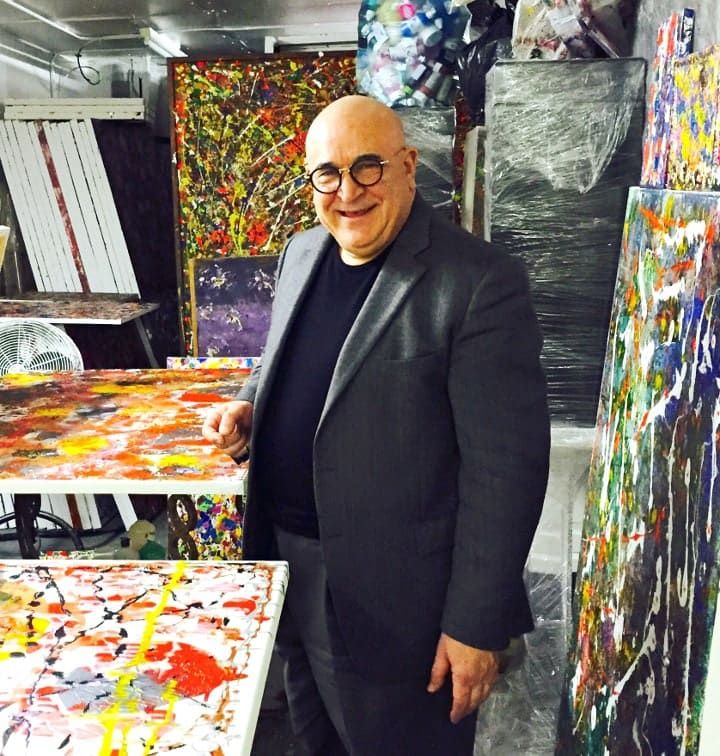
He often revisits themes drawn from nature—oceanic swirls, solar bursts, the soft tide of dreams. One canvas might evoke a star forming in a nebula, another a desert wind rustling ancient sand. Viewers report feeling grounded and uplifted simultaneously, as if the painting is both mirror and magnet. Barakat has said that he paints what he hears—not literal sound, but inner resonance.
And yet, for all his desire to strip art down to its energetic core, Barakat is also deeply intellectual. He reads constantly, speaks multiple languages, moves fluidly between Seoul, London, Beverly Hills and Amman. His galleries are curated not just with art, but with care and philosophy. To enter the Barakat Gallery is to move through epochs. Egyptian funerary masks, Roman glass, Buddhist sculptures, Pre-Columbian gold—these coexist with his own swirling visions of inner worlds.
In Seoul, his 2017 exhibition “Matter Energy That Matters” displayed 25 of his own paintings in dialogue with artefacts thousands of years old. The juxtaposition was bold, even provocative. But it worked. Viewers were invited not just to observe history, but to feel its pulse, to question whether energy is ever really lost or whether it simply changes form—from idol to icon, from icon to aura.
There is something luminous about Barakat’s late-life flowering as a painter. While many gallerists spend their twilight years archiving, collecting, preserving, he is letting go—of categorisation, of market logic, even of authorship. He often says he does not paint the paintings; they paint through him. This humility is more than rhetoric. It is a worldview. He does not hoard his art. He shows it globally, allows schoolchildren to sit beside it, dream next to it.
He is, in many ways, a rare bridge figure in the 21st century: part scholar, part mystic, part craftsman, part child. And perhaps that is the lesson of his life—that art, when it is most alive, is not a product but a process, not a monument but a breath. That bliss is not the end point but the passage. And that the true collector is not the one who owns the object, but the one who learns to listen to it.
For Fayez Barakat, the future is not only about what has been unearthed but what is still emerging. He continues to paint, continues to welcome the unknown, and above all, continues to believe in the power of art to heal. In a time of distraction and speed, his work is an invitation to slow down, to feel deeply, and to step, even briefly, beyond bliss.
Notes:
"Beyond Bliss" was developed as a healing art series and supported by the United Nations through multimedia initiatives.
He has opened his exhibitions to schools, with creative sessions offered to children to foster imagination and healing.
References:
Barakat Gallery official website: https://barakatgallery.eu/about/fayez-barakat
Fayez Barakat Artist Portfolio: https://fayezbarakat.art
Interview with Dinis Guarda: https://businessabc.net/the-artistic-journey-of-a-global-art-collector-fayez-barakat-in-interview-with-dinis-guarda
“Gallerist by Day, Artist by Night” – Cass Art feature: https://fayezbarakat.art/press/5-gallerist-by-day-artist-by-night-the-secret
“A Feast for the Eyes, Mind and Spirit” – Korea Herald (via fayezbarakat.art): https://fayezbarakat.art/press/9-a-feast-for-the-eyes-mind
previous
Elder Voices of the Millennium: Vandana Shiva — The Seed of Wisdom
next
Why Is the Ocean Blue? The Simple Science Behind Water’s Color
Share this
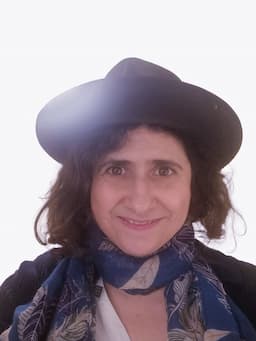
Maria Fonseca
Maria Fonseca is an interdisciplinary educator, writer, artist and researcher whose work bridges the realms of academic knowledge, community engagement, and spiritual inquiry. With a background in Fine Art and a doctorate in creative practice, Maria has spent over a decade exploring the intersections of human experience, cultural meaning, and collective transformation.
More Articles
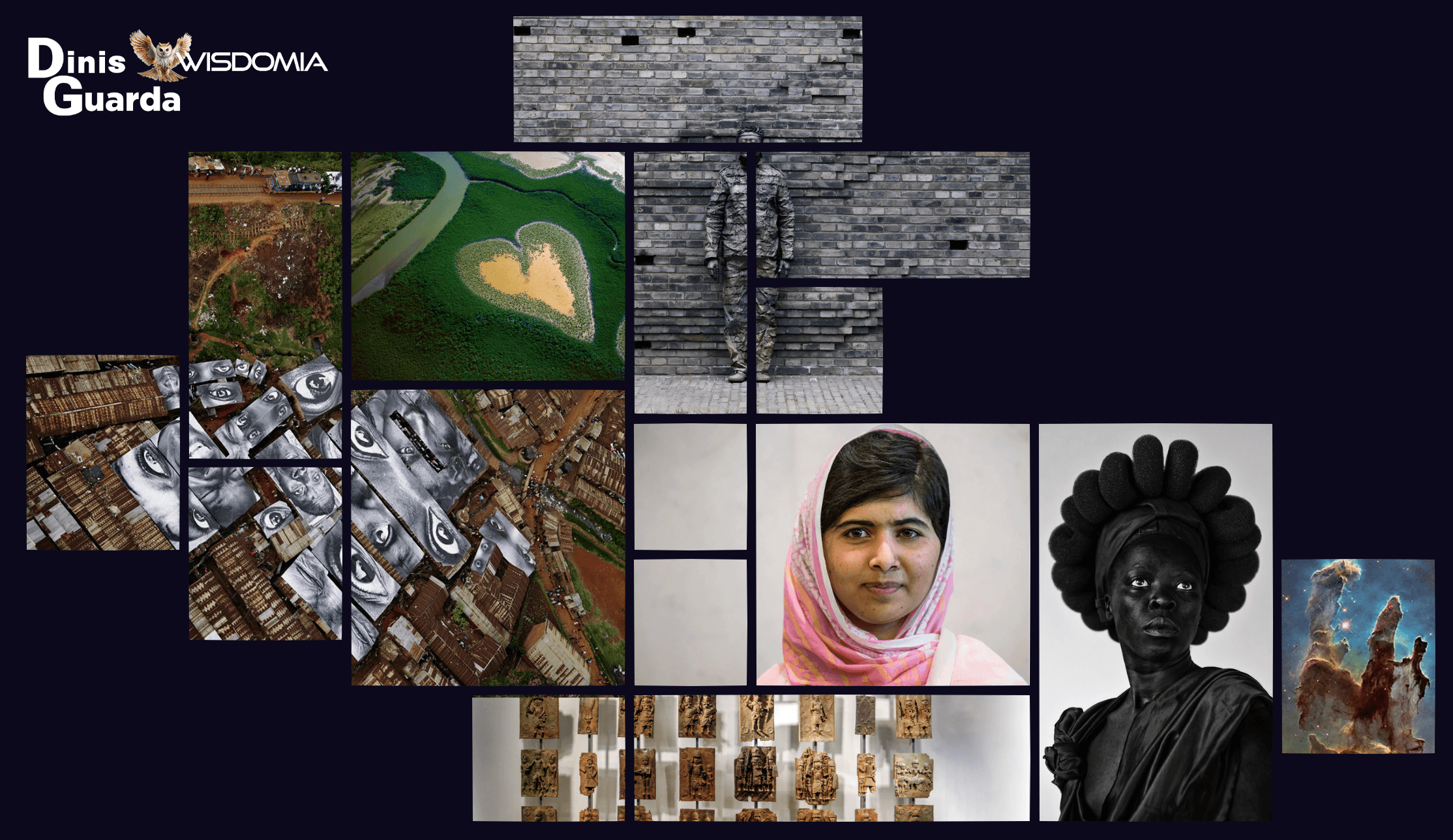
The Digital Convergence: When Images Became Everything, Everywhere, All at Once
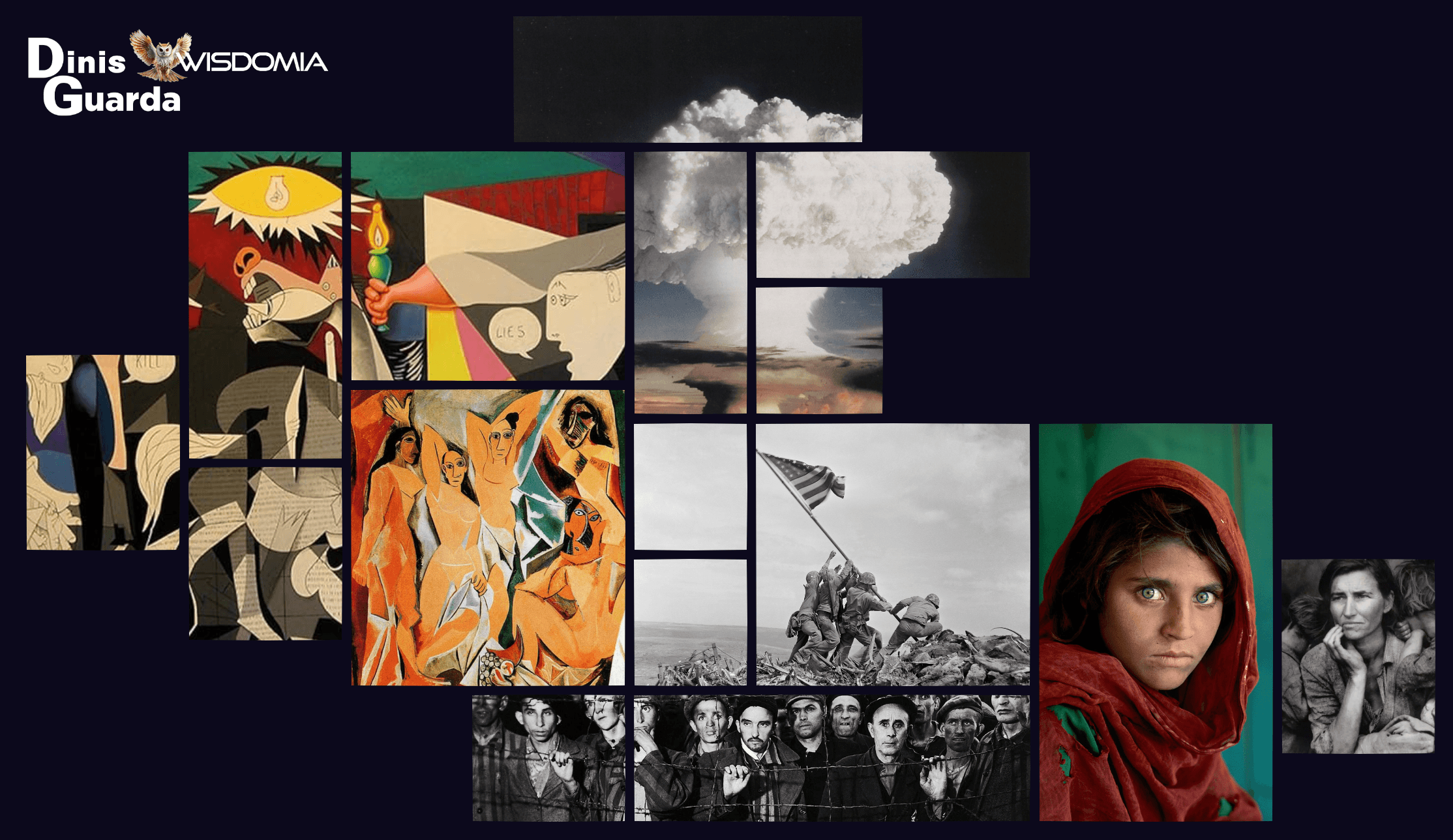
Modern Revolutions and the Digital Explosion: Images That Shattered and Rebuilt Reality

Renaissance Humanism and the Birth of the Modern Gaze: Images That Taught Us to See Ourselves
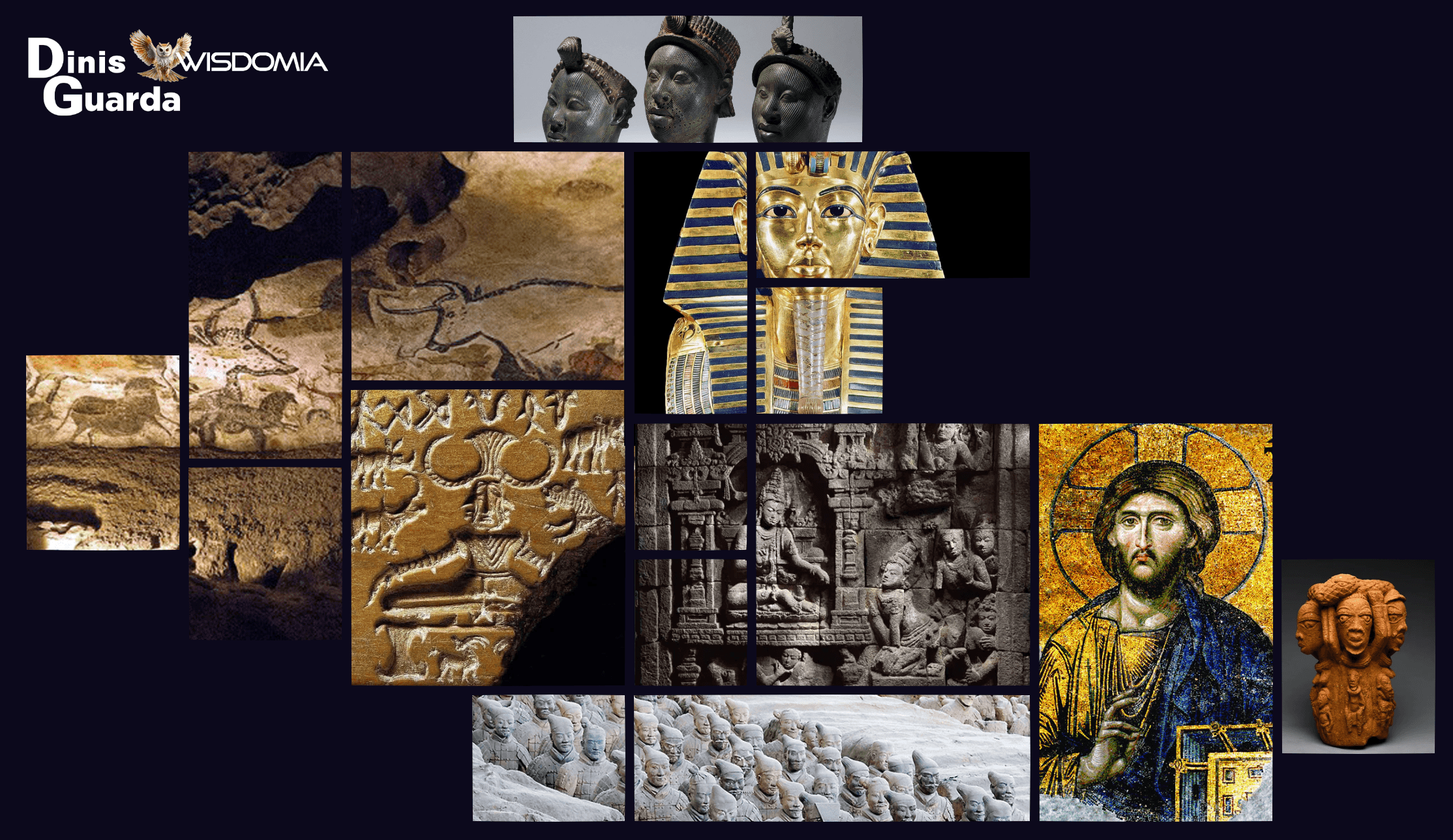
When Vision Becomes Destiny: The First 25 Images That Shaped Human Consciousness
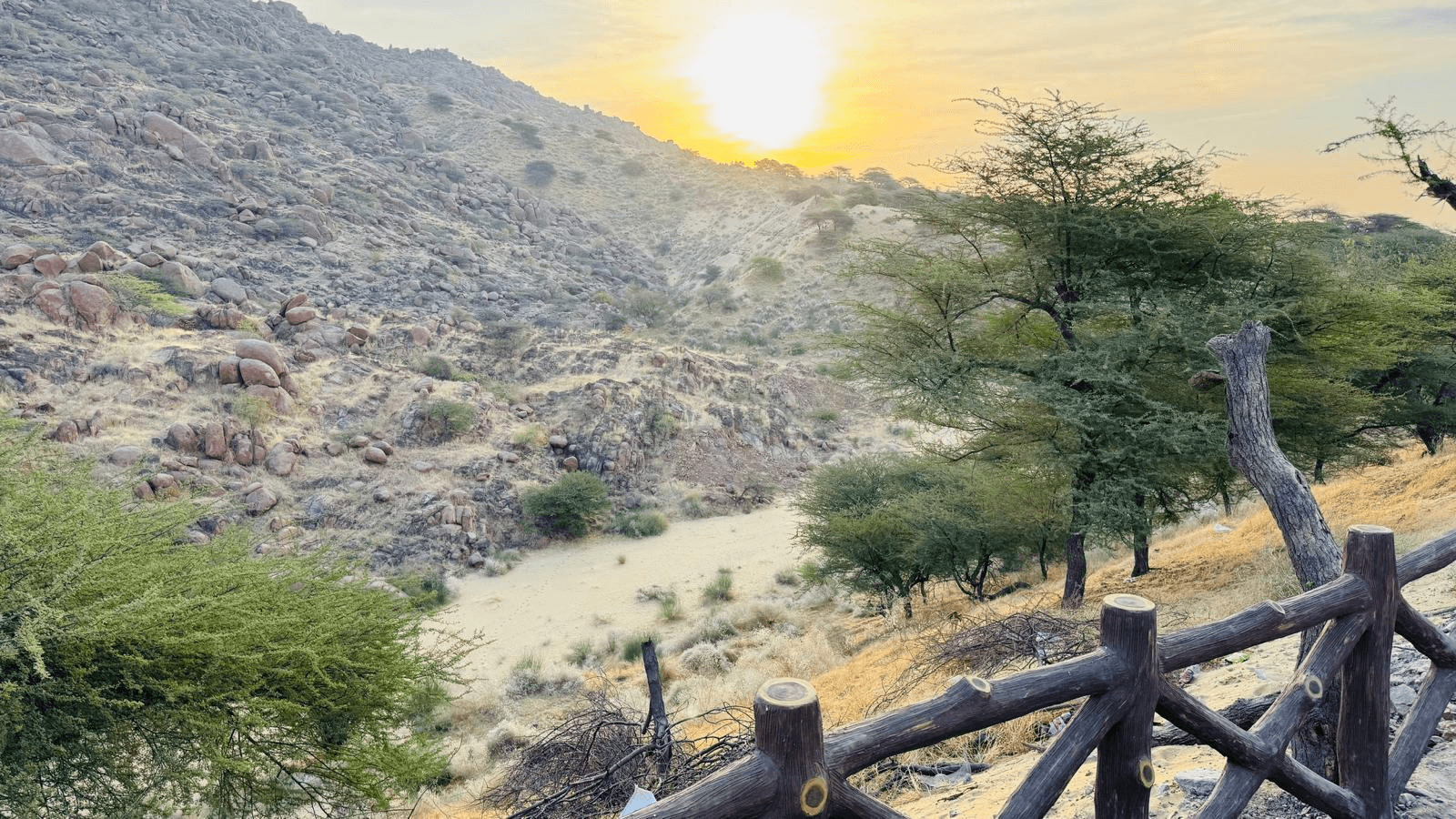
What a Small Indian Village Teaches the World About Sustainability





